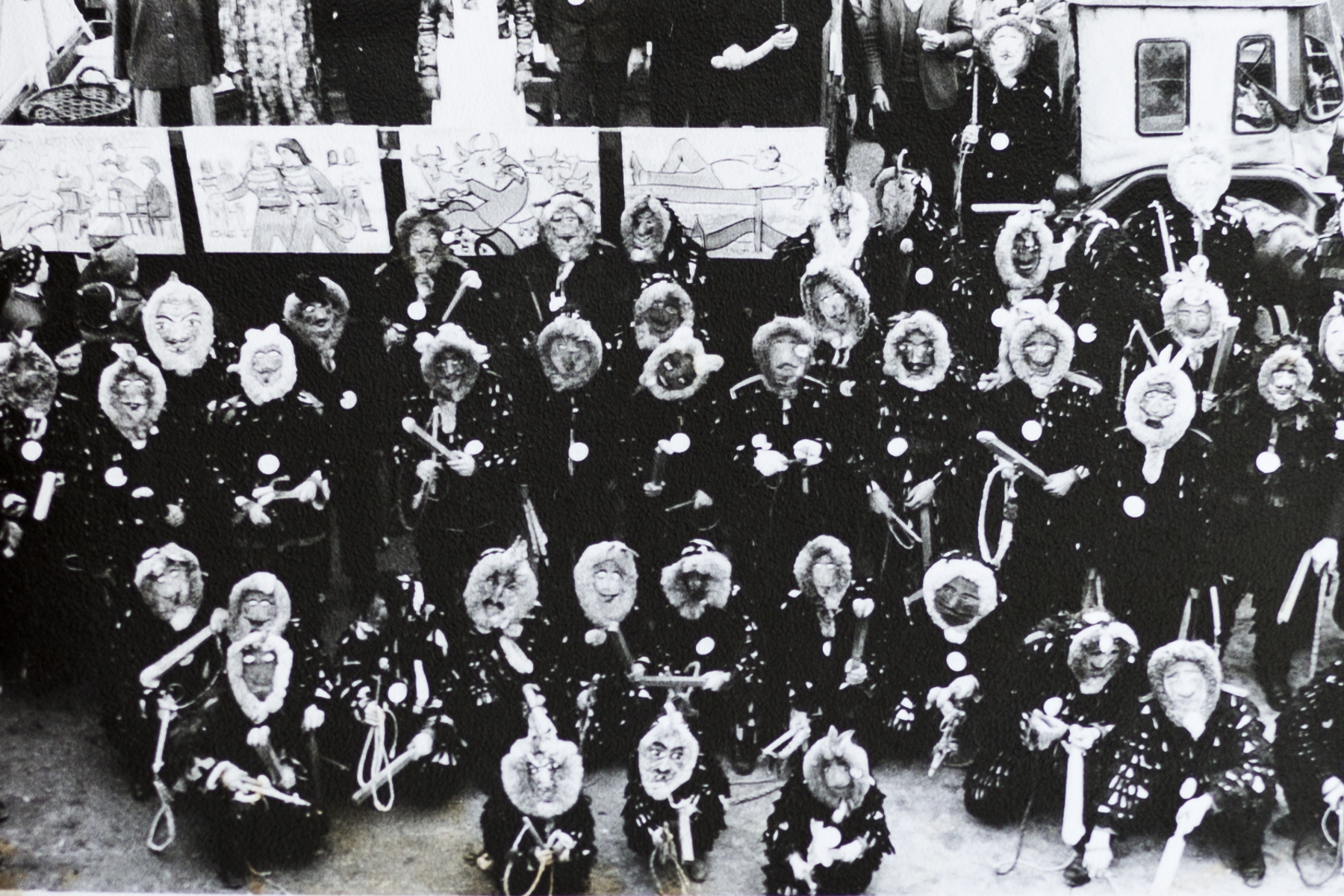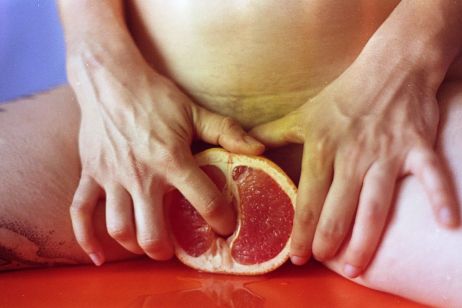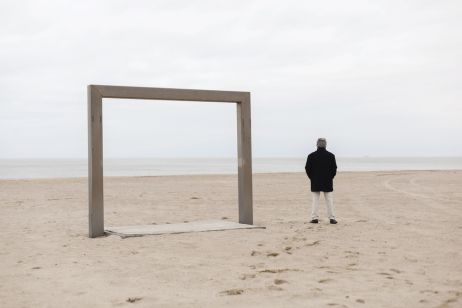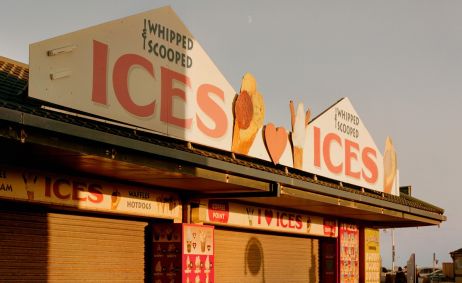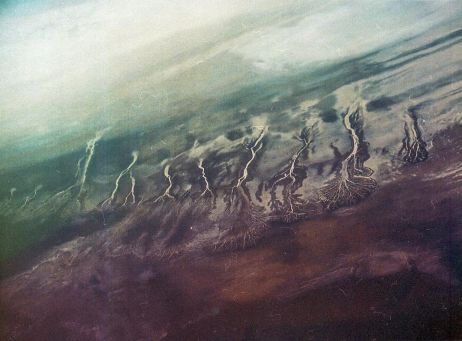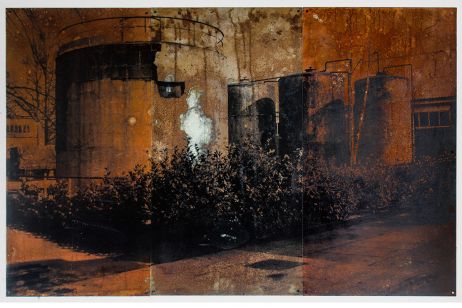Fascinated by the culture and traditions of Romania, Pascual Martínez and Vincent Sáez have been working on their long-term project since 2014. They signed, with The Saxons of Transylvania, a series turned book, about spirituality. They tell us the story of the Saxons: an ethnic group from Germany who lived in Transylvania for 8 centuries. Let us meet the Spanish photographic duo.
Fisheye: Investigators, enthusiasts… Who are you?
Pascual Martínez & Vincent Sáez : We are two photographers living in southeast Spain, with a high degree of curiosity, and obviously passionate about our work. For us, photography is not a hobby, but a means of expression and life, and we are everything that being a photographer of the 21st century implies: besides taking pictures, we are editors, designers, teachers, managers, commercials and even philosophers…
Why and how did you become photographers?
Each of our personal stories are different, but both end up meeting at the same point.
Pascual Martínez : I started in 2001 as a self-taught photographer, taking pictures for the company I worked for, and some years later decided to improve my technique by training at the School of Art in Murcia. I must point out that the formal training in photography in Spain is given in Art Schools. There, I discovered my vocation for storytelling, using photography as a tool for expression in the service of creativity, and began to carry out personal photographic projects, obtaining in a short time important recognition with scholarships and prizes. What had begun as a “technical” improvement, became a strong artistic vocation and the birth of his career.
Vincent Sáez : I started taking my first photographs when my father gave me his first camera at the age of 18, because I needed to take pictures to document the work of my architectural studies. But since then, I haven’t stop taking pictures and photography became my passion as well. Years later, also decided to study photography at the School of Art, where fate wanted me to meet Pascual.
Both: We started working together in 2013 because, although we were at different times in our professional career, we discovered common interests, concerns and references, which led us to make the decision to work together to unite our skills and knowledge. It was certainly a great challenge, but it worked very well.
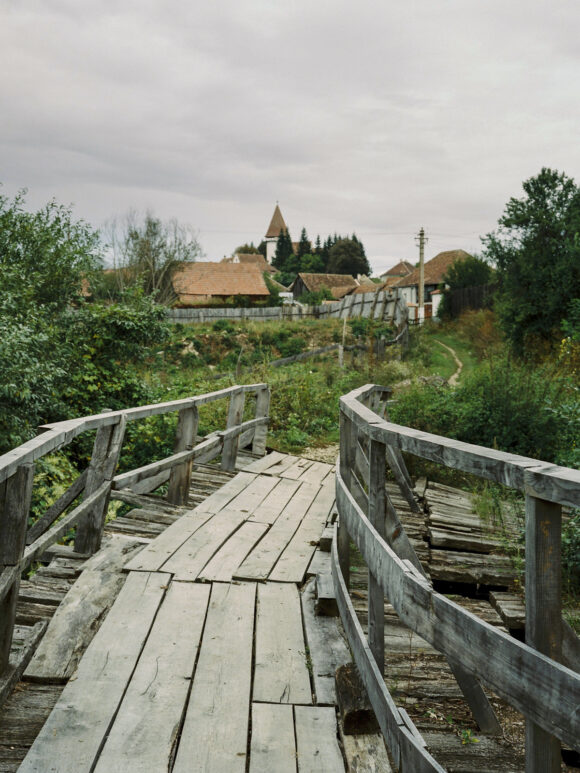

Have you developed a common photographic approach?
We are very interested in human behavior and how it interacts with its environment in the most natural form. In a way it is like going back to our roots, getting to know ourselves and moving away from the dystopia of the society we live in. We study society through photography as a tool for anthropological exploration, for recording and artistic experimentation. We are developing works of authorship reflecting on identity from that perspective that positions the natural environment as the main axis of the discourse, and we seek to transmit and represent new realities far from the clichés.
What is your creative process, as a duo?
The work of a photographer is usually very solitary and the individual merit of the author seems to prevail over that of a working group. So, we decided to assume together the authorship, as well as the merit, the successes, the doubts and the mistakes. We renounced the individual authorship of the different parts of the process. Many people ask who took each photo, and we never say who the author was, because we do not consider that the simple fact of pressing the shutter of the camera directly assigns the authorship of the photograph. Before and after that act there is much more work, and it can be done indistinctly by any of us: conceptualisation, documentation, research, processing, editing… We have also reached a point of coordination where our eyes are so attuned, that many times, when we look at the film on the light table once it has been developed, we are not able to identify ourselves as the material authors of the photographic shot.
How would you define you project The Saxons of Transylvania? Is it an anthropological, historical or investigative body of work?
The Saxons of Transylvania is a documentary and multidisciplinary research work focused on the historical account of an ethnic group of German origin, the Saxons, who for eight centuries inhabited the Romanian region of Transylvania, and now are dispersed throughout the world.
We say that it is a multidisciplinary work precisely because it is not only a photographic documentary work, but it covers both anthropological, historical and research aspects. We mix archive images, new photographs, illustrations and texts, with the idea of being the narrators of a story from an objective point of view. Goethe and the Brothers Grimm were some of the storytellers who wrote their version of this story, each in their own way within their own context in the period of time where they lived. We have done the same, by adapting the story to our time, using all the tools we have at our disposal today, and adding the chapters that have followed since they wrote their version.
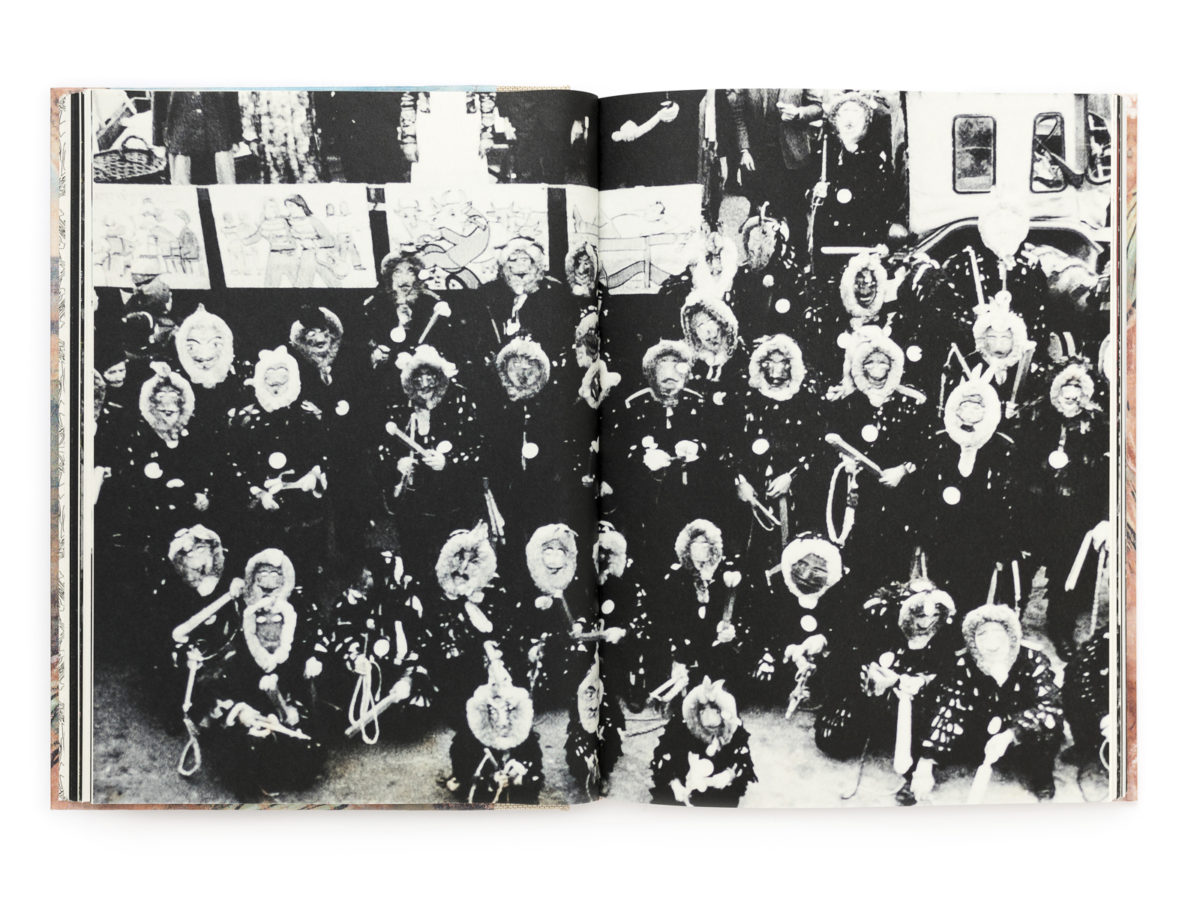
You were particularly inspired by the Pier Piper of Hamelin, a German legend transcribed by the Brothers Grimm, why?
The Pied Piper of Hamelin tells the story of a mysterious man who promises to free the city of a plague of rats, with the help of his magic silver flute, but not receiving the promised money, uses the flute to bewitch all the children and take them with him in revenge, travelling underground for several days until they reach Transylvania, where the story goes that they founded seven cities.
Like most stories told by the Grimm Brothers, this one is part of the literary tales we heard and read in our childhood. Many of these stories are interpretations of legends that have a certain basis in reality, but end up distorting the message according to who is telling it. We were surprised by the way the story – which we already knew – connected with the story of the Saxons, and how that reality had been altered to end up becoming a children’s story with a happy ending in some cases, but quite tragic in others. Beyond the legend, there is a real story that is not limited to a territory, but is a story of identity.
What was the genesis of the project?
The idea of developing The Saxons of Transylvania came up during our last trips to Romania, when we were finishing our first work The Tree of Life is Eternally Green. It started with an artistic residency in 2014 at Bucharest, continued with various trips – in the different seasons – over four years, and culminated with the publication of the first photobook (by Overlapse).
Those journeys along the Romanian territory had crossed the region of Transylvania. Its spectacular landscapes are full of myths and legends, but above all of living history, and there we discovered an environment totally influenced by a culture as unknown as exciting: the Saxon culture.
We were surprised to find that territory dotted with great architectural works and fortified churches built by the Saxon community, and that in each town or village only 2 or 3 of these Saxons living.
The process lasted a little less than three years, during which we travelled for periods of one month to take photos in Transylvania and have direct contact with the Saxons and their environment. We have already lost count of the number of trips we have made to Romania since we started in 2014, but we have travelled over 10,000 km throughout its vast territory.
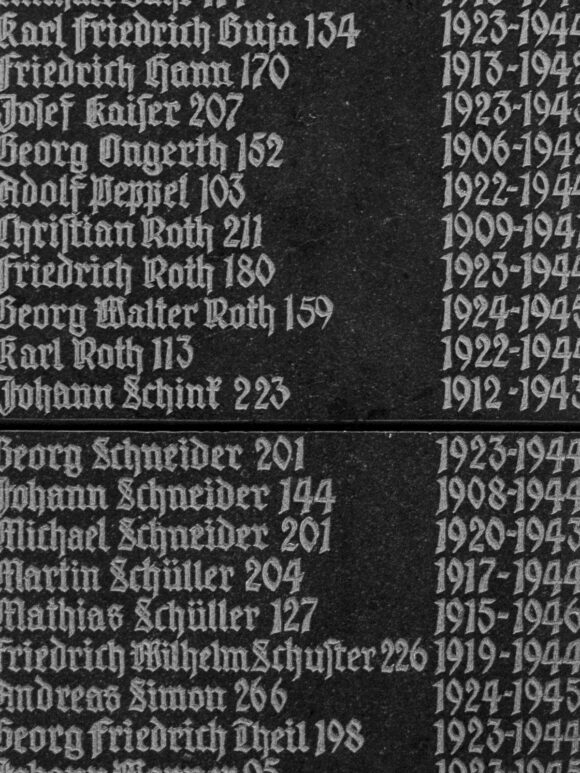

Have you studied the Saxon community through past and present?
Yes. We wanted to tell the story from our own perspective, integrating the legend, the past, the present of this group of people. We have tried to show the essence of that culture which is so influential and decisive for the Romanian culture today, but also to tell an uncomfortable story.
The Transylvanian Saxons were a utopian community. They have their origins in the establishment in Transylvania, since the 12th century, of a group of settlers from the western region of present-day Germany, commissioned by a Hungarian king. There they not only created strongly fortified cities to defend themselves from Turkish and Tatar attacks, but also established a fair and peaceful social system, where the cooperative spirit and the responsible use of the resources of their environment, made them maintain a community that was much more advanced in comparison with the rest of Europe.
After World War II, more than 70,000 Saxons were deported to the Siberian gulags, their historical rights were suppressed, and their property confiscated, but most importantly they were deprived of their freedom and the sense of belonging to a deeply rooted community. It is normal that in these living conditions, after Ceucescu’s death, 90% of the Saxons left Romania. And it is now, when many have overcome the trauma, that they feel strong enough to tell their experiences. It is similar to what happened in Spain after the Civil War in 1939, where many families erased stories and memories for fear of reprisals. We all have a data gap in our families and many unresolved questions.
And you have summed up this history in 4 chapters…
The introductory chapter refers to the legend and the journey of the children of Hamelin underground to Transylvania. The first chapter describes the Saxon community that survived for eight centuries, its culture, and its territory, combining archival images with photographs we took. This chapter closes with the images of the war tinged with red, because it marks the beginning of what would be historically called “the red terror”. The second chapter which, through archival images, tells the story of the Balthes family as an example of what happened to many Saxon families during the communist period. In the third chapter we focus on the more personal stories of some of these late Saxons of Transylvania. We offered them to collaborate by writing their own history, and so it has been included, without modification or censorship. The book closes with a composition of the peaks of the Făgăraș mountains wrapped in fog, as a final reflection on all these complex and deep-rooted stories that could be lost, like the fog that vanishes and at the same time envelops the mountain tops.
We are working on a third project that will close this trilogy focused on Romania, and where we say that The tree of life is eternally green is developed on a ‘sensory’ aspect, The Saxons of Transylvania highlights the ‘spiritual’ component, and the new project will reflect the most ‘supernatural’ aspects of Romanian culture, which are precisely the ones that have given rise to many of its myths, and also clichés.
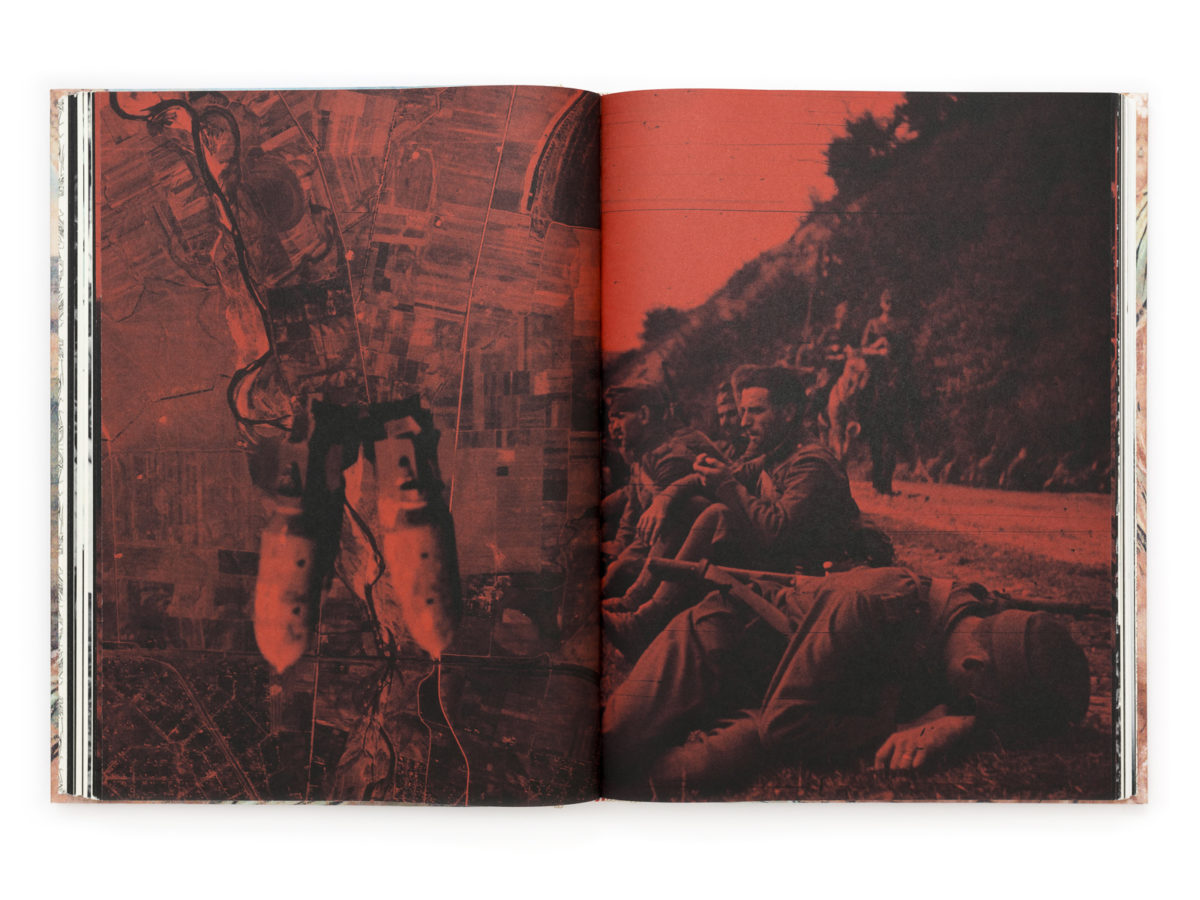
In your book you’ve included archives and testimonies. Who was your contact, there?
In 2017, on our last trip to finish The tree of life is eternally green, we were invited to go to a festival called Fugo Lolelor in the village of Cincu. It was a festival of Saxon origin, where characters, dressed in costumes made of black pieces of fabric and a grotesque mask, walked the streets waving bells tied to their backs and a whip made of braided leather.
There we met Marlene Stanciu, who runs Kraftmade – a network of artisans and creative people dedicated to safeguarding, cultivating, developing and integrating the craft skills of Romanian heritage into the activities of daily life. But she is also the coordinator of this festival.
While we were chatting in her house, she took out a box full of old photographs from the family archive. Were the photos of the Balthes family, her paternal grandparents, who had lived in the house where she now lived. She told us that the Balthes were Saxons, they had 4 daughters and 2 sons, and those photos documented their life, mainly before World War II. But we found several photos which were cut, torn or scratched, as if someone wanted to erase a part of the family history. That’s when Marlene explained how hard life had been for the Balthes family. We decided to pursue this investigative work with the Saxon. Some of them, we met by chance, others through the community.
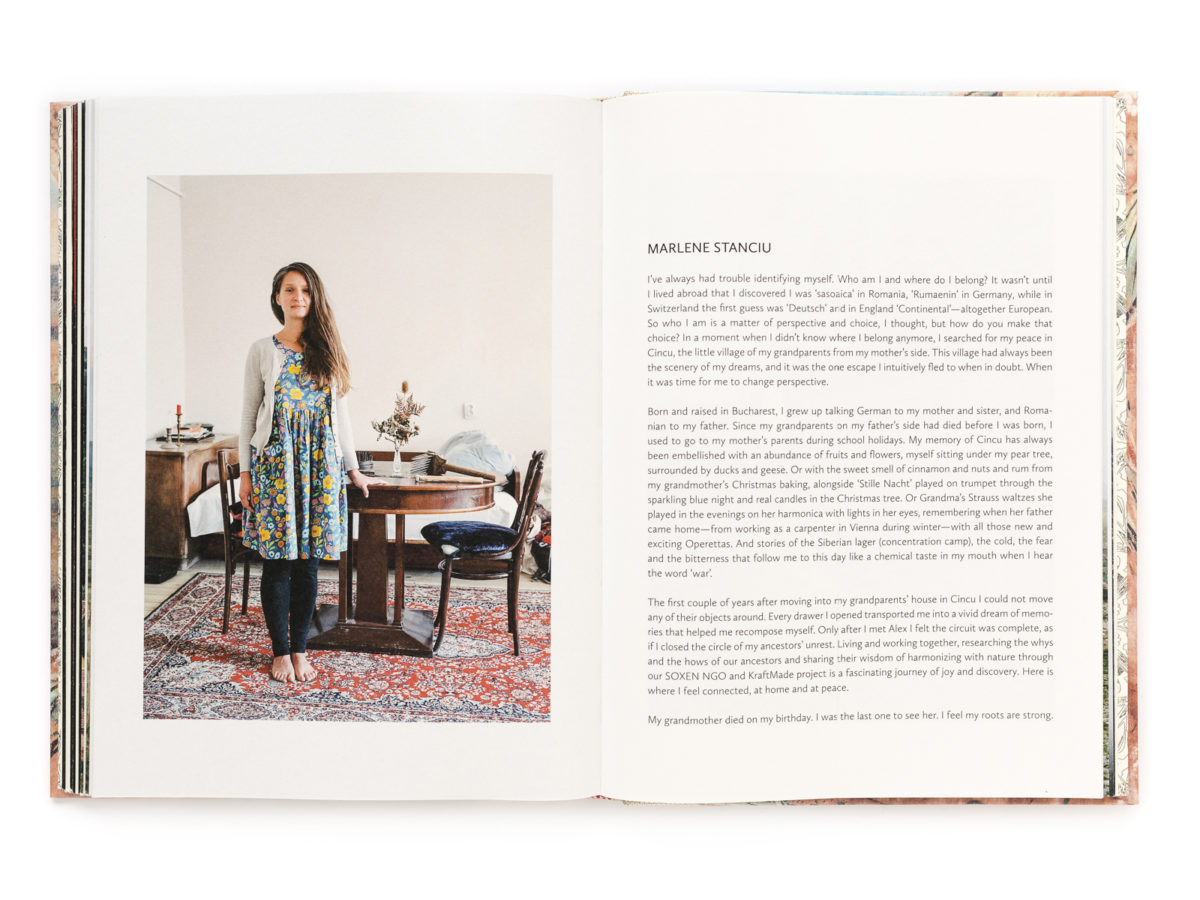
Any other meaningful encounter?
One day, we decided to visit the church of Șomartin, the village where we were staying. Each Saxon church has a ‘keyholder’ in charge of its maintenance, who has the key to show it to tourists or curious people. Usually there is a note on the church door with the contact details to locate the keyholder, but there was no note there. On our way back, we found a white-haired man named Günther – he was a Saxon. He invited us to accompany him to a nearby village to attend a ceremony in the church with some members of the community.
You’ve chosen a peculiar format for your book, why?
We designed the book together with Tiffany Jones from a first model we made. We wanted it to look like one of those old books that someone might have in their library, and that could be a mix between a storybook, a literary story, and a photography book. And we included some small stories and photographs hidden under others. It may not be a standard photobook because it includes quite a lot of text, but there are stories that can only be told with pictures and others that can only be told with words. We decided to join the word and the image, our own and of others.
The Saxons of Transylvania, Overlapse, £30, 152 p.

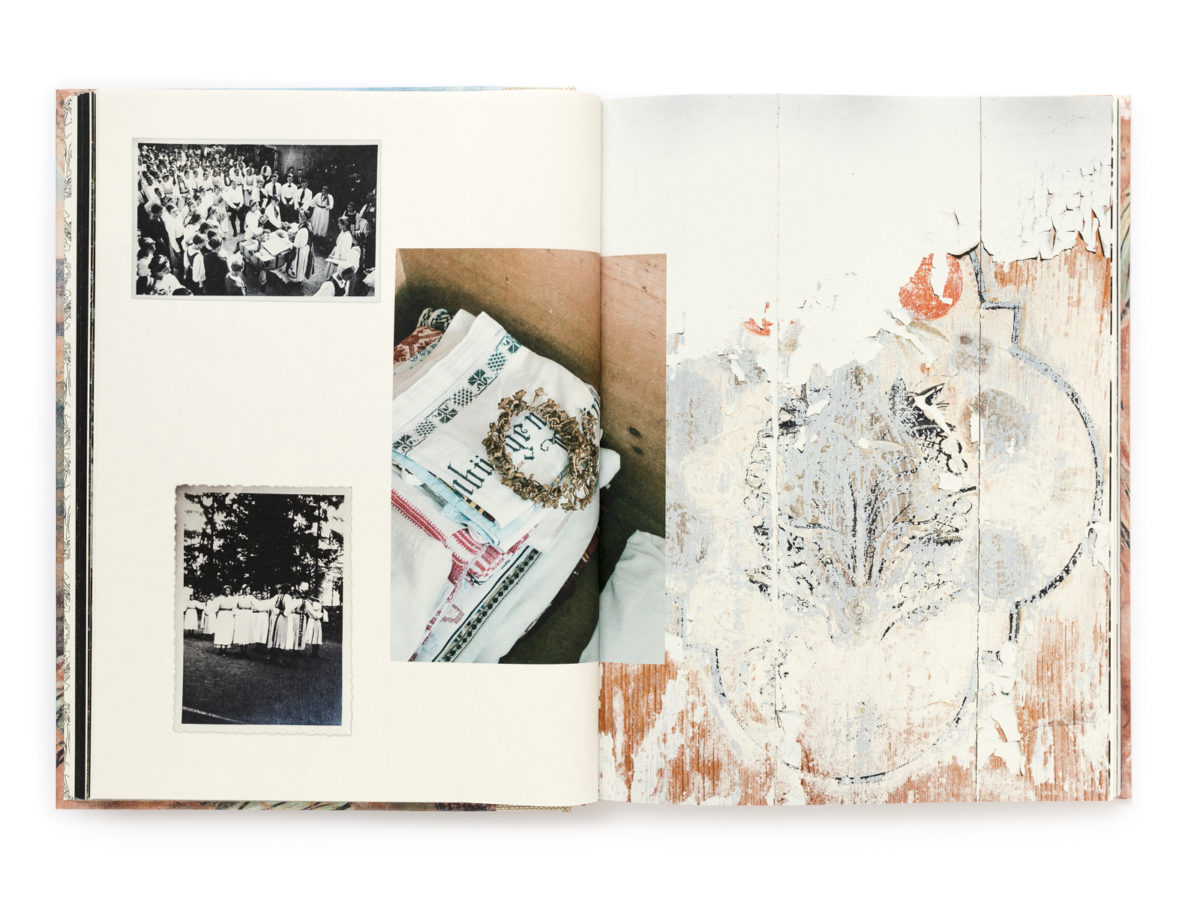
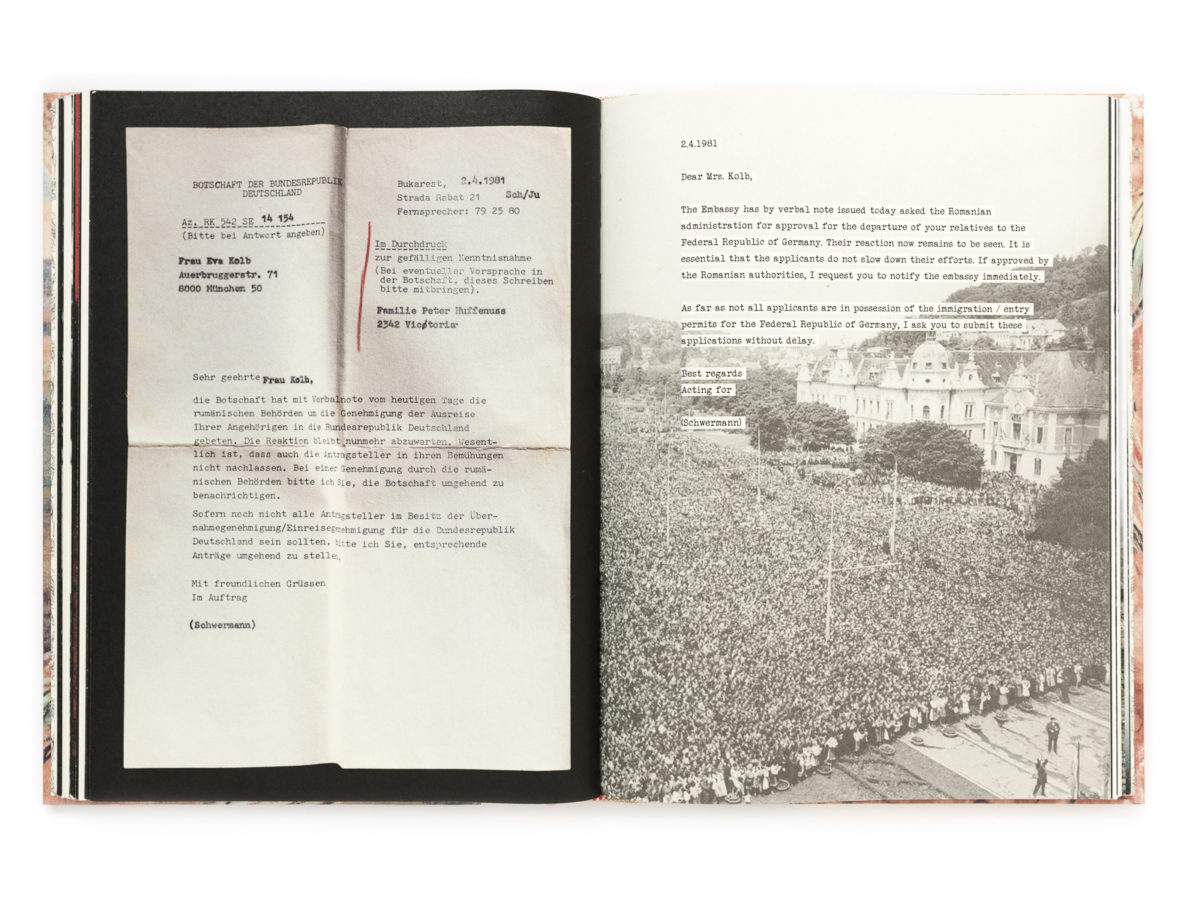
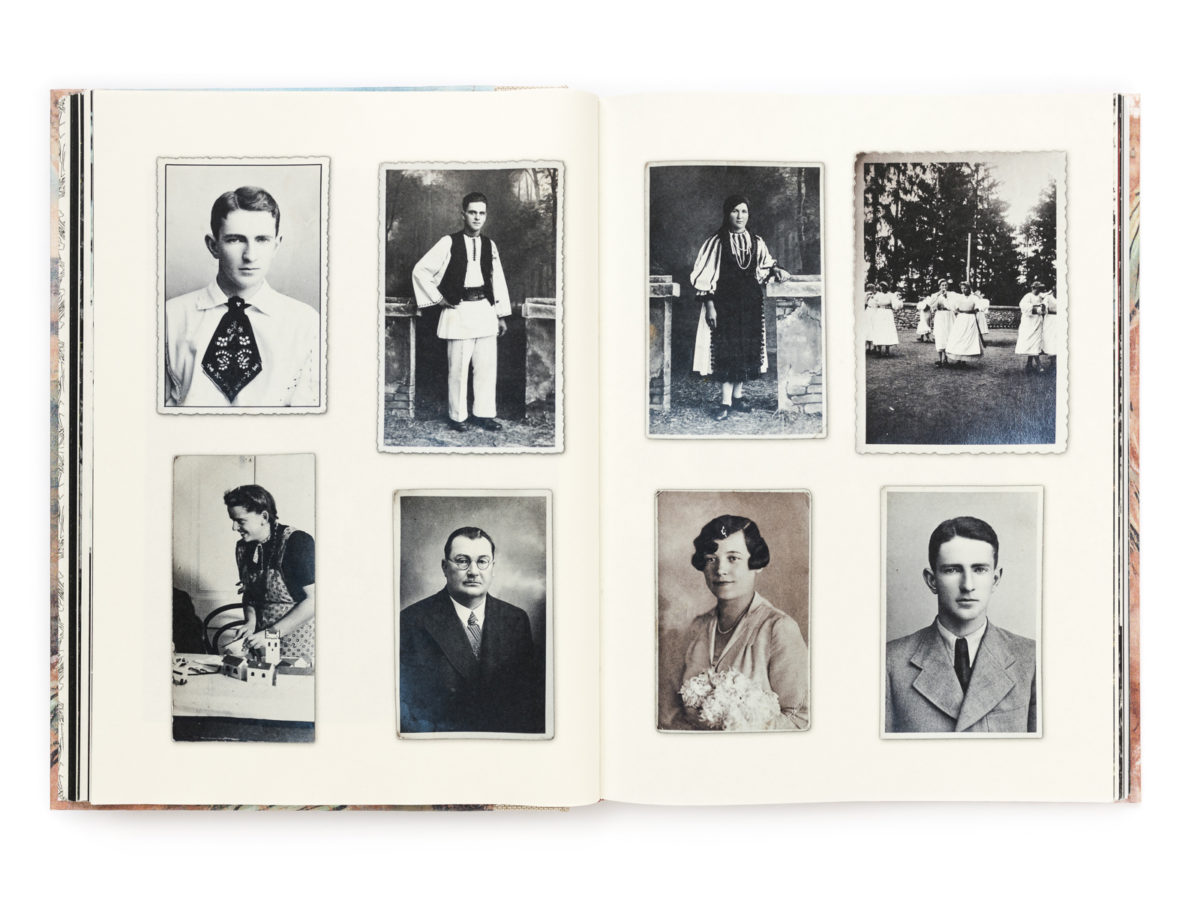
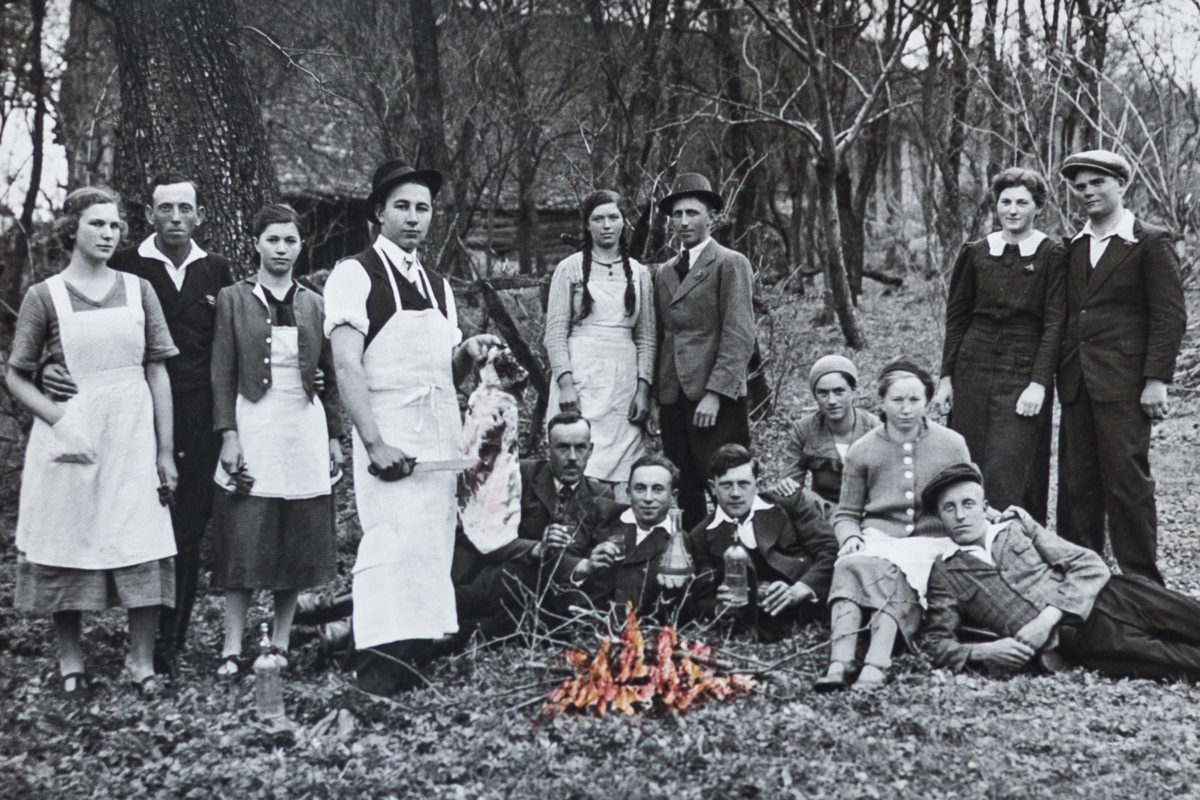
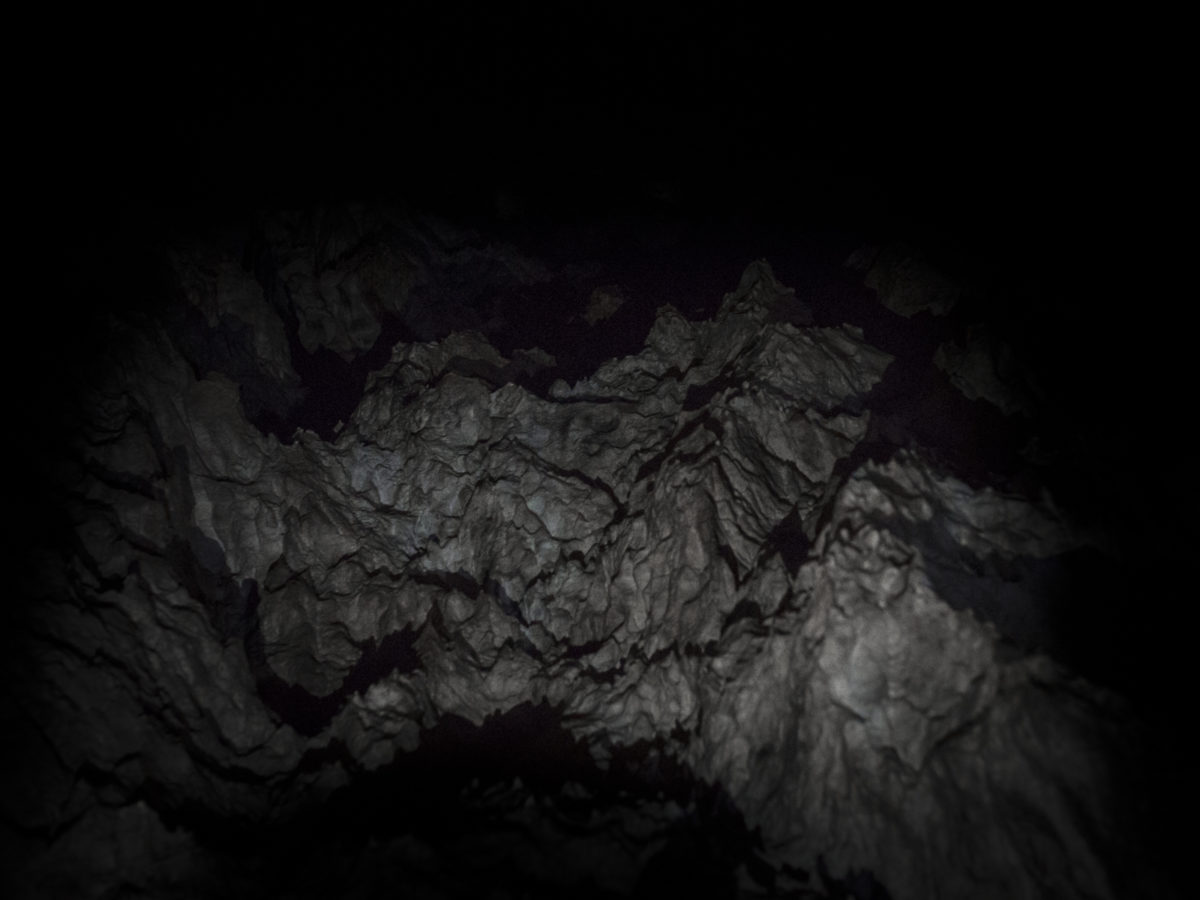
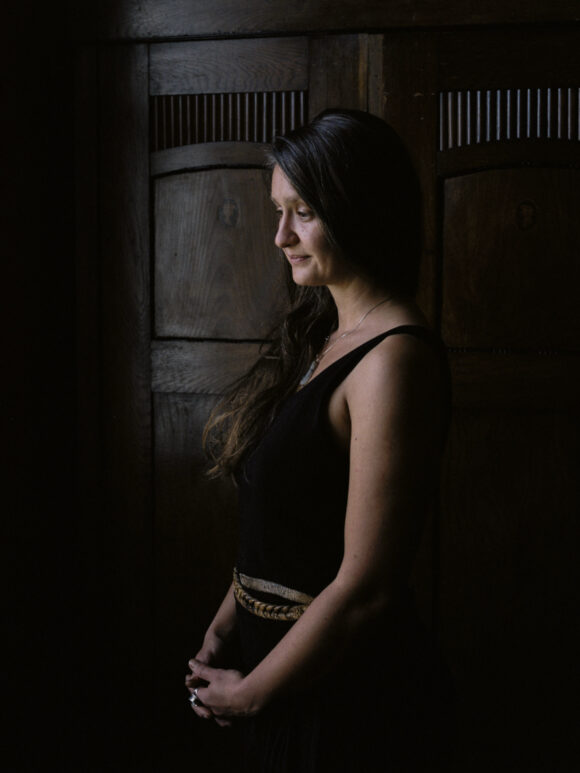
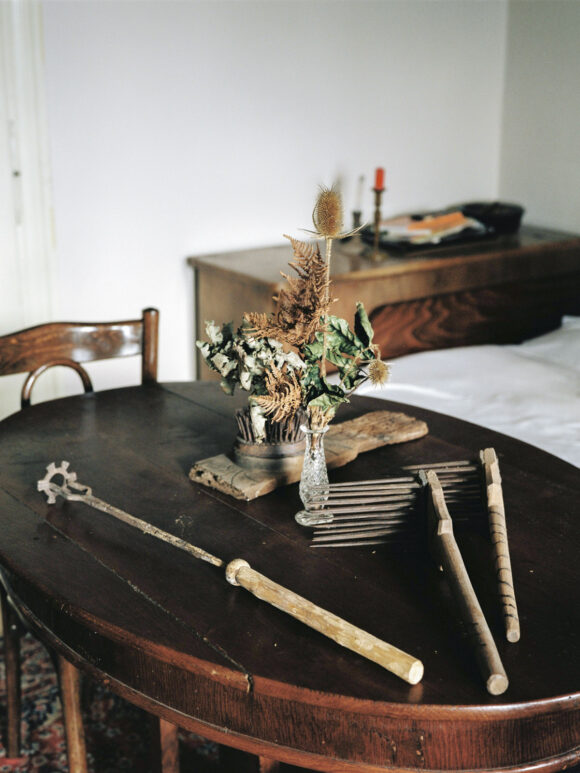
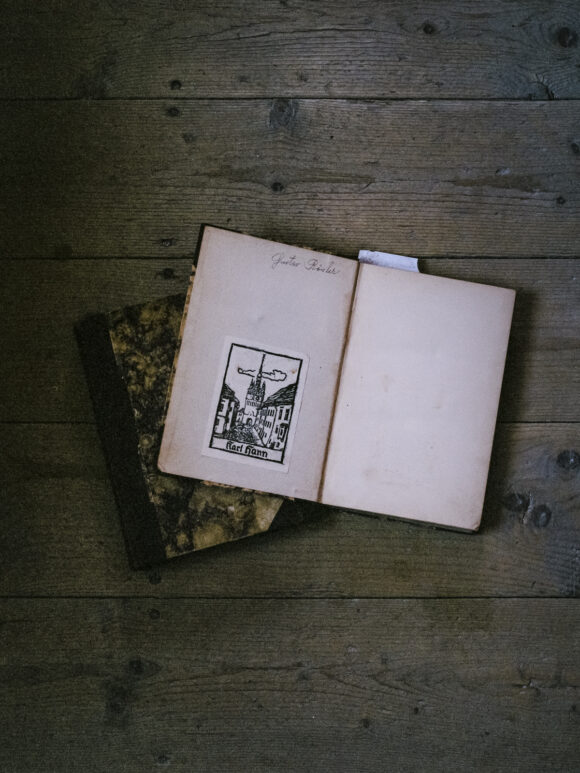
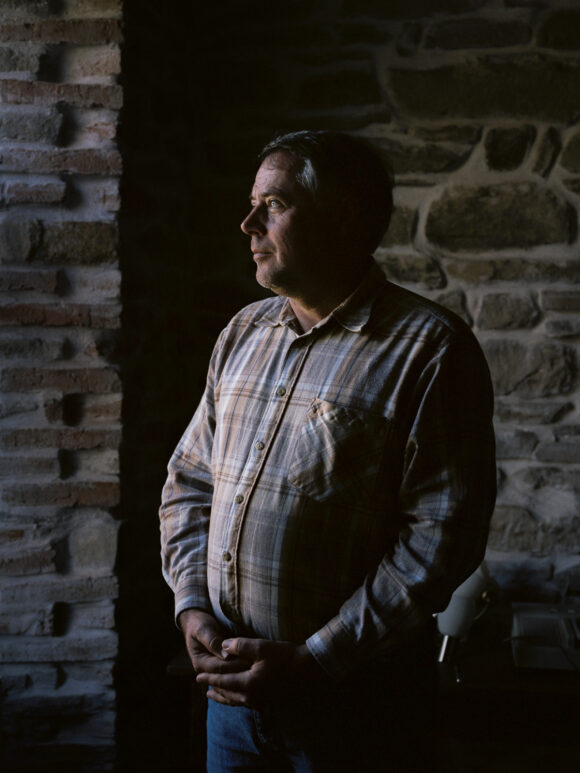
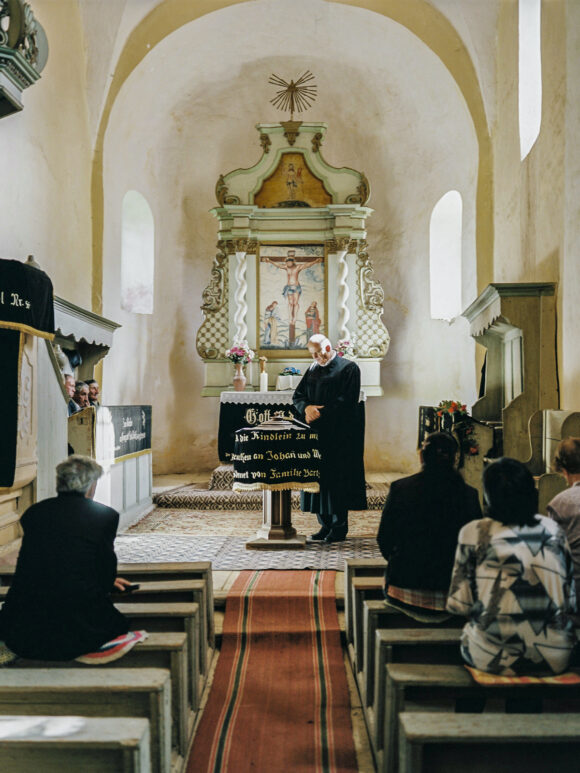

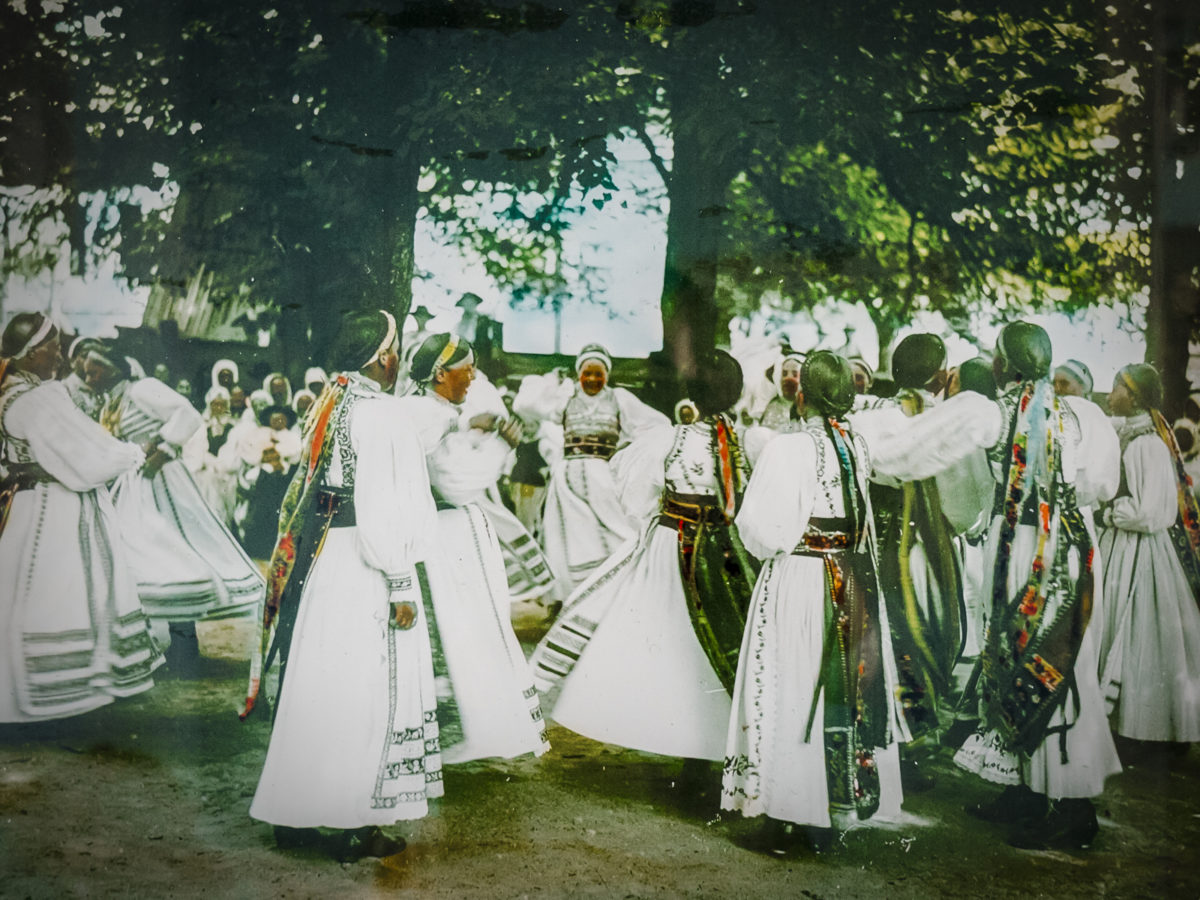
© Pascual Martínez & Vincent Sáez
